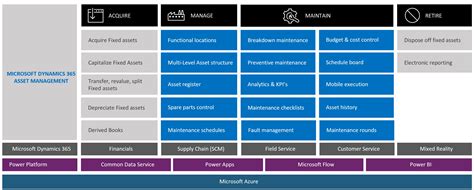The Dynamics of Supply and Demand in the NFT Marketplace: Unlocking the Secrets to Cryptocurrency Success
In recent years, the world of cryptocurrencies has exploded with innovation and disruption. Among these new entrants are Non-Fungible Tokens (NFTs), a class of digital assets that have captured the attention of artists, collectors, and investors alike. The rise of NFTs in the cryptocurrency market is not just about hype; it’s also driven by fundamental dynamics related to supply and demand.
Understanding Supply and Demand
Supply and demand are two fundamental concepts that govern any economic system. In a traditional economy, supply refers to the amount of a particular good or service available for purchase, while demand represents how many people want to buy those goods or services. Similarly, in the cryptocurrency market, supply refers to the total number of NFTs available on the market, while demand is represented by the price at which buyers are willing to pay.
The Rise of NFTs
NFTs represent unique digital assets with distinct characteristics, making them scarce and valuable. The first NFT marketplace, OpenSea, was launched in 2017, and since then, the market has exploded, with new platforms and marketplaces emerging daily. Today, the NFT market is valued at billions of dollars.
The Dynamics of Supply and Demand
So, what drives the dynamics of supply and demand in the NFT marketplace? Here are a few key factors:
- Inflation

: As more people enter the NFT space, the number of available NFTs increases, leading to inflation. This means that the scarcity of NFTs decreases as demand increases.
- Scarcity: The uniqueness and rarity of NFTs drive up their value. When demand outpaces supply, prices tend to rise.
- Artist and Creator Demand: Major artists and creators are now entering the market, creating new opportunities for buyers and driving up demand.
- Market Sentiment: Market sentiment plays a crucial role in shaping price movements. Bullish sentiment (buying interest) tends to push prices higher, while bearish sentiment (selling interest) drives them lower.
Cryptocurrency-Related Factors
While the dynamics of supply and demand are unique to the NFT market, there are some similarities with cryptocurrencies. The value of a cryptocurrency is closely tied to its scarcity and limited supply. Bitcoin’s decentralized nature and limited mining rewards have contributed to its high value over time.
Here are some key factors related to cryptocurrencies that influence the dynamics of supply and demand:
- Mining Difficulty: Changes in mining difficulty can affect the total supply of a cryptocurrency, leading to price movements.
- New Adoption: Increased adoption of a cryptocurrency can drive up its price by increasing liquidity and reducing volatility.
- Regulatory Uncertainty: Governments’ regulatory approaches towards cryptocurrencies can influence market sentiment and prices.
Investment Opportunities
The dynamics of supply and demand in the NFT marketplace create investment opportunities for both buyers and sellers. Here are some key considerations:
- Buyers: Investors should be aware that the cryptocurrency market is highly volatile, with price swings driven by market sentiment.
- Sellers: Conversely, sellers should be cautious, as the value of NFTs can fluctuate rapidly.
Conclusion
The dynamics of supply and demand in the NFT marketplace are complex and influenced by a range of factors. By understanding these dynamics, investors can better navigate the cryptocurrency market and make informed decisions about buying or selling NFTs.
In conclusion, while cryptocurrencies have disrupted traditional financial markets, NFTs offer a unique opportunity to invest in a rapidly growing space with limited supply.